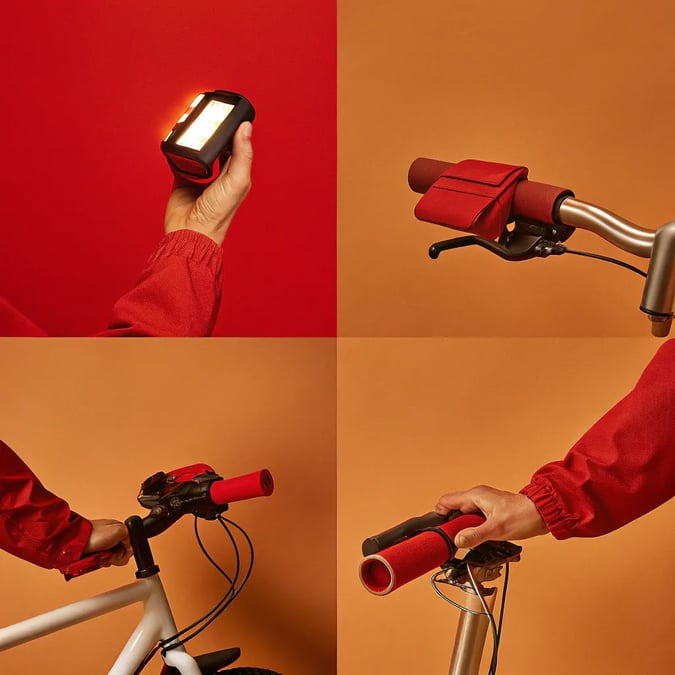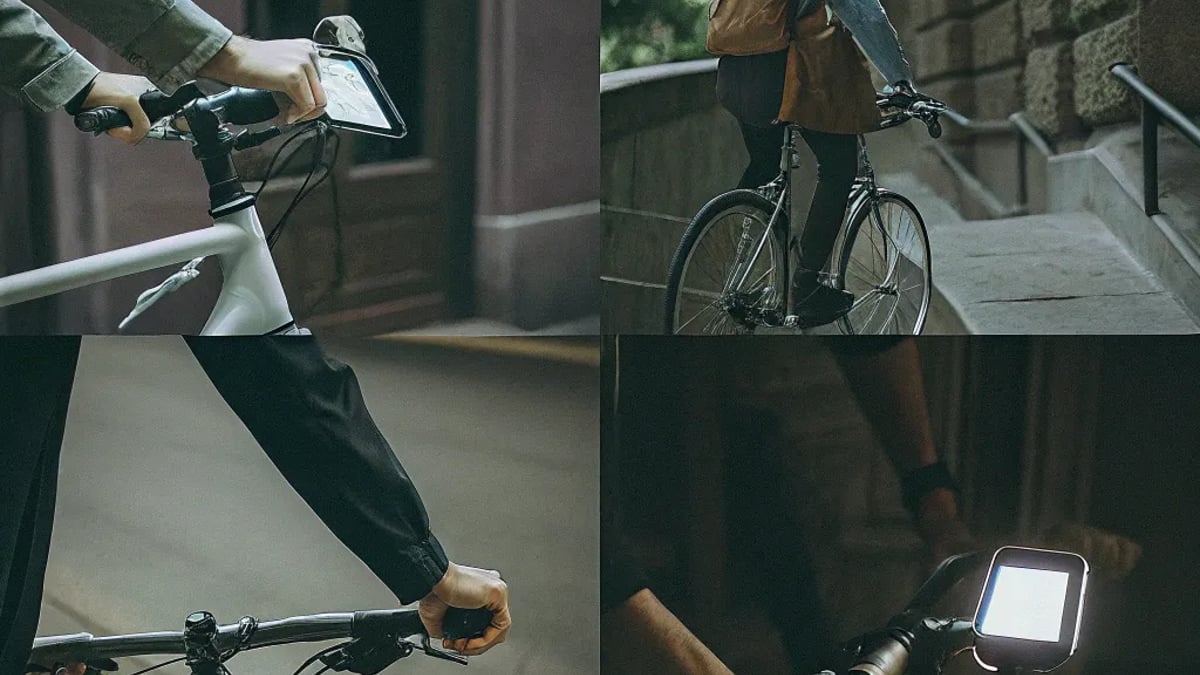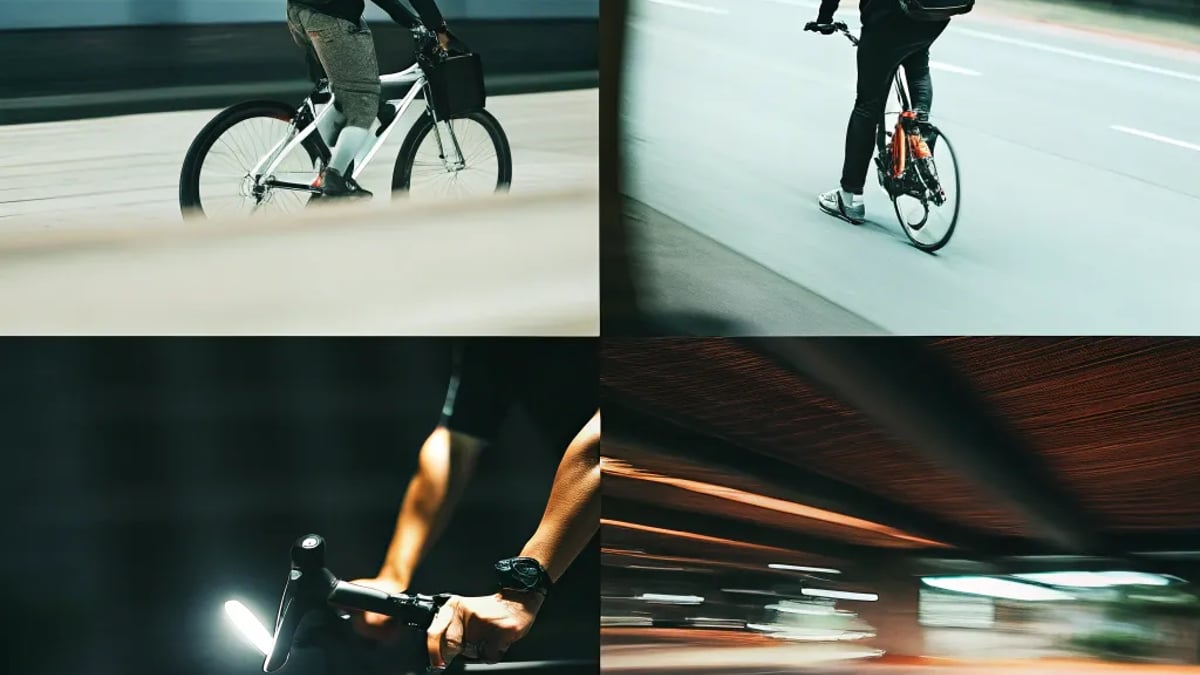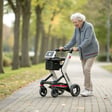
Cycling has evolved far beyond the simple joy of pedaling. Today's riders benefit from an impressive array of technologies that transform ordinary bikes into data-gathering, performance-enhancing machines. Whether you're commuting through city streets or tackling challenging mountain trails, the right gadgets can dramatically improve your efficiency, safety, and enjoyment.
Smart Cycling Computers: Your Dashboard for Better Performance
The cycling computer has come a long way from basic speedometers. Modern bike computers serve as comprehensive dashboards that provide real-time feedback on multiple aspects of your ride.
Garmin's Edge series exemplifies this evolution, offering everything from basic speed and distance tracking to advanced metrics like VO2 max estimation, recovery time, and power analysis. These devices use GPS to map your routes and can connect with additional sensors to gather comprehensive data about your performance.
"What makes cycling computers truly valuable is their ability to help riders train in specific heart rate zones," explains cycling coach Martin Reynolds. "By staying within optimal effort ranges, cyclists can make tremendous gains in cardiovascular fitness without overtraining."

Many riders report significant performance improvements after incorporating data-driven training. On Reddit, one cyclist shared: "I increased my VO2 max by adding structured interval training based on my cycling computer's guidance—throwing in 2-minute hard efforts every 10-15 minutes during longer rides made a noticeable difference."
Key Features to Look For:
- GPS navigation and route planning
- Heart rate monitoring capabilities
- Power meter compatibility
- Smartphone connectivity
- Weather resistance
- Battery life appropriate for your typical ride duration
Power Meters: Unlocking Precise Training Potential
Perhaps no cycling gadget has revolutionized training more than the power meter. These devices measure the actual force you generate while pedaling, typically expressed in watts.
Unlike heart rate, which can fluctuate based on factors like caffeine intake, sleep quality, or stress, power output provides an objective measurement of your effort. This precision allows for targeted training sessions that maximize efficiency.
Power meters come in various forms—pedal-based, crank-based, or hub-based—each with different price points and installation requirements. Brands like Stages, Quarq, and Favero offer reliable options for different budgets.

"When I started training with power, I stopped wasting energy on inefficient efforts," says amateur racer Sarah Jennings. "My FTP (functional threshold power) increased by 15% in three months once I could see exactly how hard I was working."
Smart Trainers: Efficiency Gains Year-Round
Winter weather doesn't have to derail your cycling progress. Smart trainers allow riders to maintain and even improve their fitness indoors.
These devices connect to apps like Zwift, TrainerRoad, or Sufferfest, creating immersive virtual riding experiences. Many smart trainers automatically adjust resistance to simulate climbs or specific workout intervals, ensuring efficient training regardless of outdoor conditions.
According to Shimano's winter e-bike guide, "Indoor training during harsh weather not only maintains your fitness but also extends your bike's longevity by reducing exposure to corrosive elements."
E-Bike Systems: Efficiency Through Assistance
Electric bike systems represent perhaps the most dramatic efficiency enhancement available to cyclists. These systems don't replace human power—they amplify it.
Modern e-bike systems from manufacturers like Bosch, Shimano, and Specialized offer multiple assistance levels that can be adjusted based on terrain and rider preference. The result is extended range, reduced fatigue, and the ability to maintain higher average speeds.
For commuters, this means arriving at work without needing a shower. For recreational riders, it means covering more distance and tackling challenging terrain that might otherwise be inaccessible.
How Do Cadence Sensors Improve Your Pedaling?
Cadence—the rate at which you pedal—plays a crucial role in cycling efficiency. Most cyclists naturally settle into a comfortable rhythm, but this isn't always the most efficient approach.
Cadence sensors attach to your bike's crank arm or wheel and measure your pedaling rate in revolutions per minute (RPM). When paired with a cycling computer or smartphone app, these devices provide real-time feedback that can help you optimize your pedaling technique.
Research suggests that maintaining a cadence between 80-100 RPM typically offers the best balance of cardiovascular efficiency and muscle fatigue for road cycling. Mountain biking often benefits from slightly lower cadences to maintain traction on loose surfaces.
"I was a natural 'masher'—always pushing hard in big gears," admits recreational cyclist Tom Parker. "After adding a cadence sensor, I realized I was pedaling at just 65 RPM. Gradually increasing to 85 RPM reduced my knee pain and improved my endurance substantially."
Most cadence sensors use either magnets or accelerometers and can be purchased for under $50, making them one of the most affordable efficiency upgrades available.
Bike Fit Technology: The Foundation of Efficiency
Even the most sophisticated gadgets can't compensate for a poorly fitted bike. Modern bike fitting technology uses motion capture, pressure mapping, and other advanced tools to optimize your position for maximum comfort and efficiency.
Don's Bicycles in California notes, "A professional bike fitting eliminates issues that might be limiting your performance and comfort. Small adjustments to saddle height, handlebar position, or cleat placement can dramatically improve power transfer and reduce injury risk."
These fittings typically cost between $150-300 but represent one of the most impactful investments for serious cyclists. The resulting position adjustments create the foundation upon which all other efficiency improvements build.
Safety Gadgets That Enhance Riding Confidence
Efficiency isn't just about physical performance—it's also about riding with confidence and focus. Several safety-oriented gadgets contribute to this mental efficiency:
Radar Systems
Devices like the Garmin Varia use radar technology to detect vehicles approaching from behind, displaying their relative position and speed on your cycling computer. This awareness allows riders to maintain focus on the road ahead rather than constantly checking over their shoulder.
Smart Lighting
Advanced lighting systems from brands like See.Sense adjust brightness based on ambient conditions and can even react to approaching headlights. Some models include accelerometers that increase brightness during braking, similar to a car's brake lights.
Action Cameras
While primarily used for recording rides, cameras also serve as potential deterrents to dangerous driving behaviors. Some cyclists report that vehicles give more space when passing if a camera is visible on their bike or helmet.
According to Bike Legal Firm, "Modern safety accessories not only protect you physically but also provide peace of mind that allows you to focus completely on your ride performance."
Integration: Creating Your Efficiency Ecosystem
The true power of cycling gadgets emerges when they work together as an integrated system. Most modern devices use Bluetooth or ANT+ protocols to communicate with each other and with smartphone apps.
For example, a comprehensive setup might include:
- A cycling computer displaying data from multiple sensors
- A power meter measuring your output
- A cadence sensor tracking your pedaling rhythm
- A heart rate monitor assessing your cardiovascular response
- A smart trainer for indoor workouts
- All data feeding into analysis software like Strava or TrainingPeaks
This ecosystem approach provides a complete picture of your performance and helps identify specific areas for improvement.
Getting Started: Prioritizing Your Gadget Investments
With so many options available, deciding where to begin can be overwhelming. Consider this priority order based on impact-per-dollar:
- Proper bike fit - The foundation of all efficiency improvements
- Cycling computer - Your central information hub
- Heart rate monitor - Basic physiological feedback
- Cadence sensor - Pedaling efficiency insights
- Power meter - Precise training capabilities
- Smart trainer - Year-round improvement
Remember that the most expensive gadget isn't necessarily the most beneficial. Start with fundamentals and expand your collection as your cycling evolves.
Disclaimer: This information is provided for educational purposes only and is not intended as a substitute for professional medical or fitness advice. Always consult with healthcare providers before beginning any new exercise program, especially if you have existing health conditions.
References and Further Reading
Whether you're looking to shave seconds off your best time or simply enjoy more comfortable, efficient rides, today's cycling gadgets offer solutions for every rider. The key is identifying which technologies address your specific needs and integrating them thoughtfully into your cycling routine.
Tags

About Evelyn Grant the Author
Evelyn Grant is a trailblazer in the world of cycling fashion, known for combining functionality with style. With over a decade of experience, she designs apparel that meets the demands of avid cyclists while making a bold fashion statement.
Recommended Articles
2025 BMW X3 Raises the Bar for Compact Luxury Crossovers
Discover the 2025 BMW X3, a compact luxury crossover that combines performance, design, and advanced technology to set a new standard in its class.
2025 Hyundai Ioniq 6 Is the Sleek Electric Sedan of the Future
Discover the 2025 Hyundai Ioniq 6, an electric sedan with sleek design, advanced technology, and impressive range for modern drivers.
This Mobility Device Is Replacing Walkers in 2025
Explore how the Camino smart walker is revolutionizing mobility for seniors in 2025, enhancing independence and safety with cutting-edge technology.
Smart Rollators The Future of Senior Mobility Has Arrived
Discover how smart rollators are enhancing senior mobility, providing safety features and health monitoring that foster independence and confidence.
A Spoon of This Oil Goodbye Stiff Joints
Discover how a daily spoonful of olive oil can ease joint stiffness and improve mobility. Simple dietary changes can lead to significant benefits.




